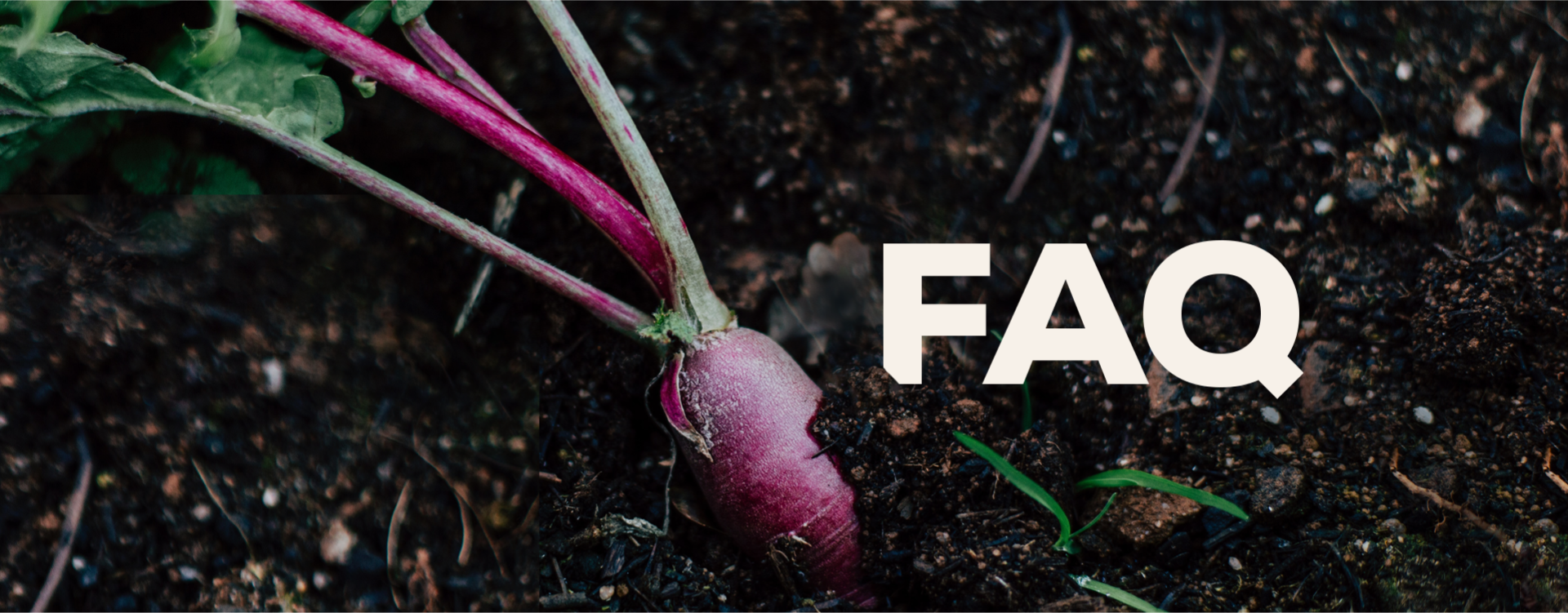
Compost Recipe #001
To peat or not to peat, that is the question. Our answer is a definitive no. It’s not sustainable or efficient resource. Did you know it can take anywhere from decades to a millennium to fully regenerate a peat bog when it’s harvested? So we’re using ingredients in our soil amendments that are not just more sustainable and regenerative, but actually perform better than peat.
That’s the name of the game. It’s meant to be mixed with your existing native soil—adding organic matter back to your soil and life back to your plants.
Veggie, flower, shrub or tree, they all benefit from microbial harmony. Whether that’s potted plants, raised beds, or even with the ground, soil that’s alive is the best around. Sorry—this place needed a rhyme. Are you still reading?
Soil ESP is hard. Make it easier by mixing Compost Recipe #001 into your potting mix in a 1 to 4 ratio. You can also consult Google for a compost calculator to give you an estimate of how much compost your project will need.
Believe it or not, it depends on your gardening situation. For Raised Beds and Garden Beds, spread 1/4 inch to 1/2 inch of Compost Recipe #001 on top of existing soil. For potted plants, add 1 part Compost Recipe #001 to 3 parts potting mix.
We start with the basics—Nitrogen, Phosphorus and Potassium, as well as Iron, Calcium, and Sodium. The real magic happens when we add locally-sourced, Southern Minnesota Turkey Litter.
Cut to the chase, huh? While the USDA does not certify compost or fertilizer—organic operations are certified by USDA-accredited private, foreign or state entities. Our Compost Recipe #001 is CDFA Certified Organic (California Department of Food and Agriculture)—which is one of the most rigorous in the country.
Fertilizer Recipe #002
Though Fertilizer #002 is not “officially” a recognized organic fertilizer, it is as organic as you can get without being USDA Certified Organic—primarily because the USDA does not certify lawn or soil amendments.
Not unless you reflect the sun through a magnifying glass onto your lawn after you apply it. Slow release allows your lawn to take in the nutrients as necessary… Synthetic fertilizer burn stripes are so 90s.
Not unless your garden gnome is a pyro. Being an organic, slow-release fertilizer, your lawn calls on Fertilizer Recipe #002 as it needs it.
General Questions
You can buy our Compost Recipe #001 in your local hardware or garden center. If they don’t have it, you can ask about ordering. Our other products, Fertilizer Recipe #002 and Worm Poop Recipe #003 are coming soon!
You want to know more about us? Visit the <ABOUT US> page to get to know the people behind the products.







